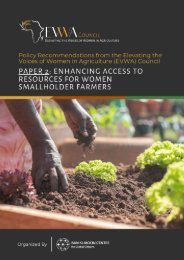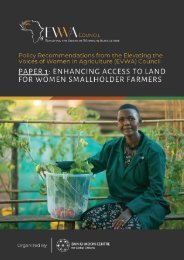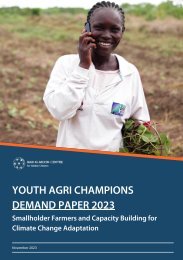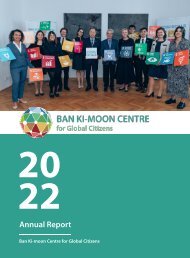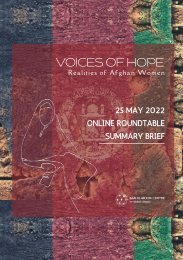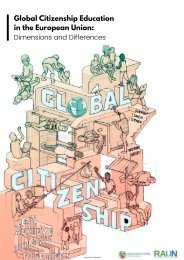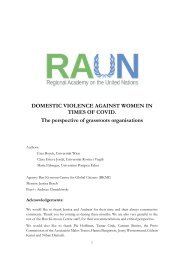Europe and North America Regional GCED Network
The report “Europe and North America Regional GCED Network” is based on a research project funded by Asia-Pacific Centre of Education for International Understanding (APCEIU) and Ban Ki-moon Centre for Global Citizens (BKMC) led by Lynette Shultz (Centre for Global Citizenship Education and Research, University of Alberta) and Massimiliano Tarozzi (International Research Centre on Global Citizenship Education, University of Bologna) as Principal Investigators. The research team was composed of Carrie Karsgaard and Carla Inguaggiato, with the support of Kester Muller and Francis Owusu.
The report “Europe and North America Regional GCED Network” is based on a research project funded by Asia-Pacific Centre of Education for International Understanding (APCEIU) and Ban Ki-moon Centre for Global Citizens (BKMC) led by Lynette Shultz (Centre for Global Citizenship Education and Research, University of Alberta) and Massimiliano Tarozzi (International Research Centre on Global Citizenship Education, University of Bologna) as Principal Investigators. The research team was composed of Carrie Karsgaard and Carla Inguaggiato, with the support of Kester Muller and Francis Owusu.
Create successful ePaper yourself
Turn your PDF publications into a flip-book with our unique Google optimized e-Paper software.
have a very detailed <strong>and</strong> accurate picture of a complex system of relations, but<br />
we do not know these relations evolve over time. Time is a crucial element in<br />
providing a more comprehensive underst<strong>and</strong>ing of position in policy networks<br />
(Ingold, Fischer, Christopolous, 2021).<br />
8) Concluding remarks<br />
In this chapter, the research design <strong>and</strong> methodological procedures followed<br />
for the data collection analysis of <strong>GCED</strong> networks in <strong>Europe</strong> <strong>and</strong> <strong>North</strong> <strong>America</strong><br />
were presented. In addition, this chapter described the main characteristics<br />
of the methodological approach taken for this study. It uses a combination of<br />
social network analysis <strong>and</strong> digital methods.<br />
A detailed report of the procedures followed for data collection, <strong>and</strong> data<br />
analysis has been provided. In the next chapter, the results of the data analysis<br />
will be presented.<br />
References<br />
Borgatti, S.P., Everett, M.G. & Freeman, L.C. (2002). Ucinet for Windows: Software<br />
for Social <strong>Network</strong> Analysis. Analytic Technologies.<br />
Butts, C. T. (2008). Social network analysis: A methodological introduction. Asian<br />
Journal of Social Psychology, 11(1), 13-41.<br />
Davis, J. A. (1967). Clustering <strong>and</strong> structural balance in graphs. Human relations,<br />
20(2), 181-187.<br />
Gronow, A., & Ylä-Anttila, T. (2019). Cooptation of ENGOs or treadmill of production?<br />
Advocacy coalitions <strong>and</strong> climate change policy in Finl<strong>and</strong>. Policy Studies Journal,<br />
47(4), 860-881.<br />
Heider, Fritz. (1958). The Psychology of Interpersonal Relations. Wiley. http://content.<br />
apa.org/books/2004-21806-000k<br />
Ingold, K., Fischer, M., & Christopoulos, D. (2021). The roles actors play in policy<br />
networks: Central positions in strongly institutionalized fields. <strong>Network</strong> science, 9(2),<br />
213-235.<br />
Marres, N. (2015). Why Map Issues? On Controversy Analysis as a Digital Method.<br />
Science, Technology, & Human Values, 40(5), 655–686.<br />
Marres, N., & Moats, D. (2015). Mapping Controversies with Social Media: The Case<br />
for Symmetry. Social Media + Society, 1(2), 2056305115604176.<br />
Marres, N., & Weltevrede, E. (2013). Scraping the Social? Journal of Cultural<br />
Economy, 6(3), 313–335.<br />
036ㆍ037




